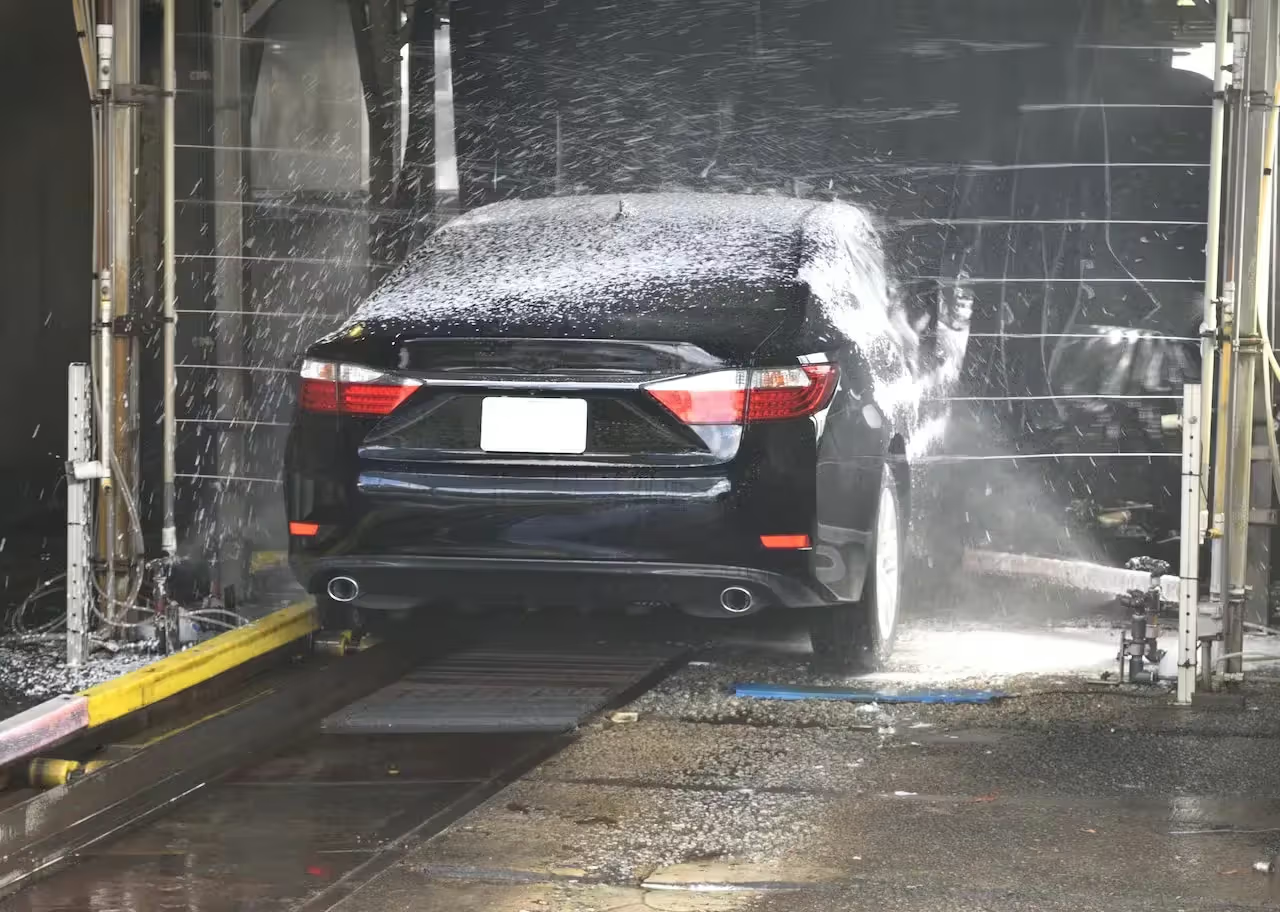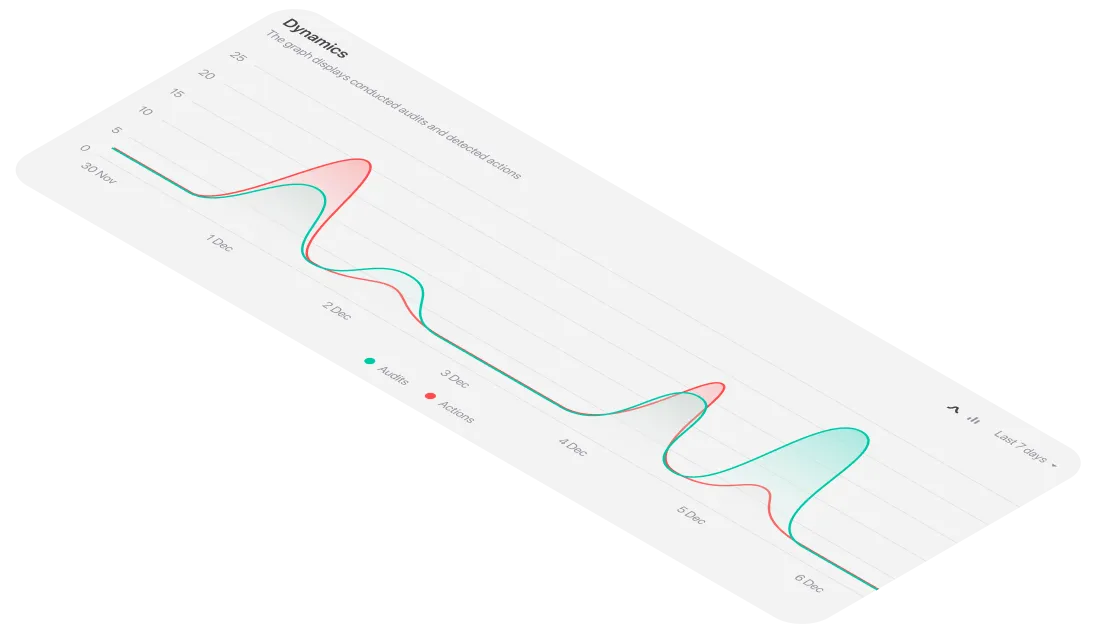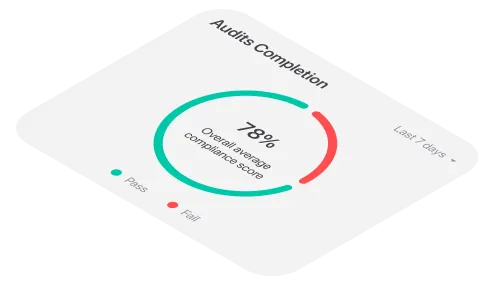The Problem
A legacy approach to workplace safety and compliance leaves much to be desired. It’s a process marred by busywork and many bottlenecks. There are multiple ways things can go wrong, from overlooked safety concerns to a lack of communication and managerial accountability.For Flagship, compliance required Hlavaty to visit each location personally, running down a checklist and photographing any issues he encountered. He then had to manually upload both the checklist and any supporting evidence. This left him without the time to address anything beyond priority issues, and also made it difficult to hold anyone accountable without repeated, time-consuming follow-ups.Things were also frequently lost in translation, as documentation was cumbersome and difficult to parse, particularly when a case required supporting media.The company recognized the need for more streamlined, collaborative processes — not just for the sake of efficiency, but to better safeguard employee safety.
The Solution
A legacy approach to workplace safety and compliance leaves much to be desired. It’s a process marred by busywork and many bottlenecks. There are multiple ways things can go wrong, from overlooked safety concerns to a lack of communication and managerial accountability.For Flagship, compliance required Hlavaty to visit each location personally, running down a checklist and photographing any issues he encountered. He then had to manually upload both the checklist and any supporting evidence. This left him without the time to address anything beyond priority issues, and also made it difficult to hold anyone accountable without repeated, time-consuming follow-ups.Things were also frequently lost in translation, as documentation was cumbersome and difficult to parse, particularly when a case required supporting media.The company recognized the need for more streamlined, collaborative processes — not just for the sake of efficiency, but to better safeguard employee safety.
The Outcome
A legacy approach to workplace safety and compliance leaves much to be desired. It’s a process marred by busywork and many bottlenecks. There are multiple ways things can go wrong, from overlooked safety concerns to a lack of communication and managerial accountability.For Flagship, compliance required Hlavaty to visit each location personally, running down a checklist and photographing any issues he encountered. He then had to manually upload both the checklist and any supporting evidence. This left him without the time to address anything beyond priority issues, and also made it difficult to hold anyone accountable without repeated, time-consuming follow-ups.Things were also frequently lost in translation, as documentation was cumbersome and difficult to parse, particularly when a case required supporting media.The company recognized the need for more streamlined, collaborative processes — not just for the sake of efficiency, but to better safeguard employee safety.

















